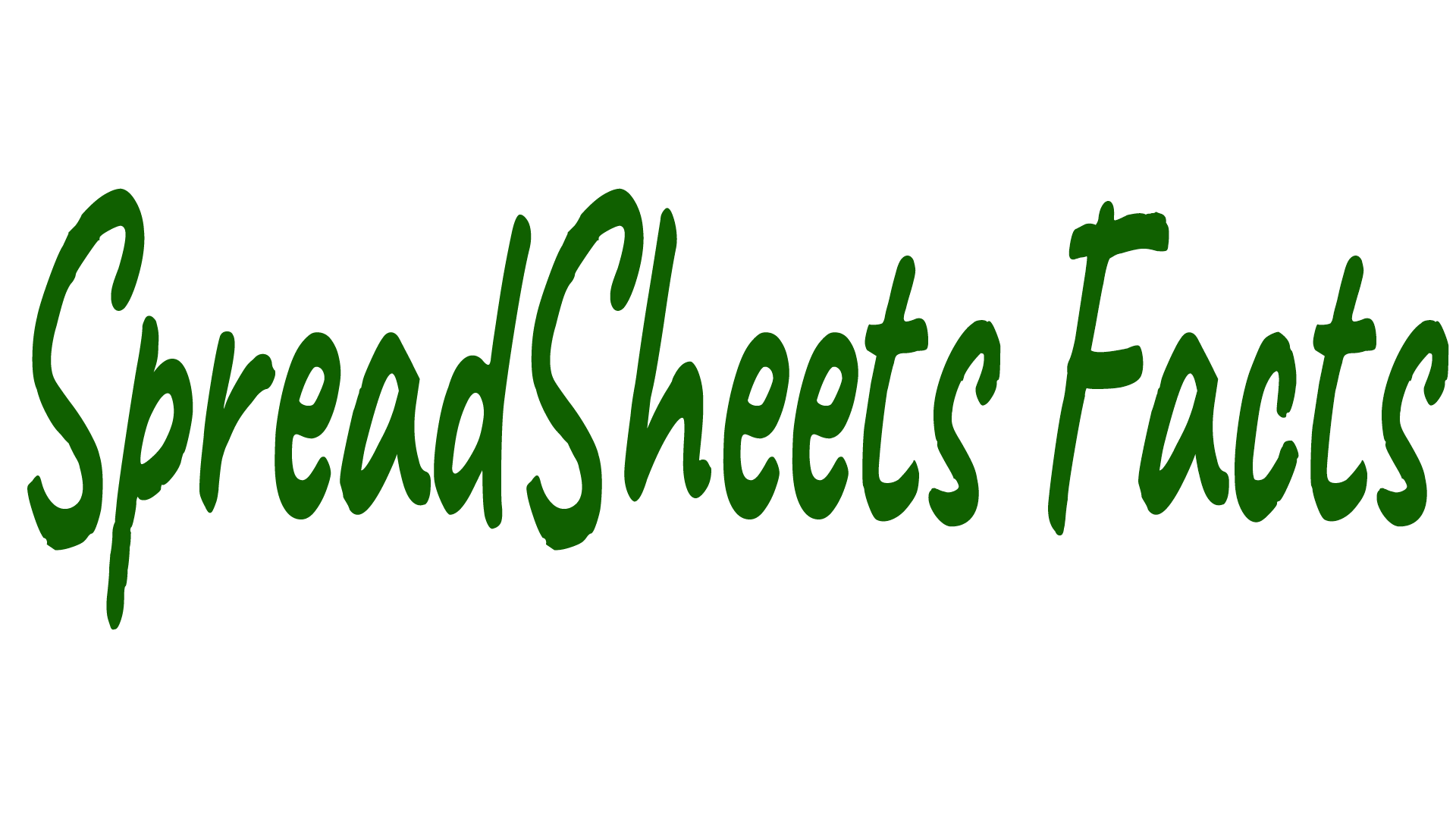Excel Functions Demystified: VLOOKUP Unveiled
Hello Excel enthusiasts! Welcome back to Spreadsheets Facts, your go-to resource for all things Excel. Today, let’s delve into the powerful world of Excel functions and demystify one of the most commonly used ones: VLOOKUP.
The Magic of VLOOKUP
VLOOKUP, which stands for Vertical Lookup, is a versatile function designed to search for a specific value in the first column of a range and return a corresponding value in the same row from another column. Essentially, it’s your Excel genie for quickly finding and retrieving information.
Syntax Breakdown
The basic syntax of VLOOKUP is as follows:
excel
=VLOOKUP(lookup_value, table_array, col_index_num, [range_lookup])
– **lookup_value:** The value to search for in the first column of the table.
– **table_array:** The range of cells containing the data.
– **col_index_num:** The column number in the table from which to retrieve the value.
– **range_lookup:** Optional. TRUE for an approximate match, FALSE for an exact match.
Real-World Application
Let’s say you have a table with a list of products and their corresponding prices. You want to find out the price of a specific product without manually searching through the entire list. Enter VLOOKUP!
Assuming your product names are in column A and prices in column B, you could use the following formula:
excel
=VLOOKUP(“Product_Name”, A1:B100, 2, FALSE)
This formula searches for “Product_Name” in the first column (A), and when found, returns the corresponding price from the second column (B).
Tips and Tricks
– **Always sort your data:** VLOOKUP works best with sorted data. Ensure your table is sorted in ascending order based on the first column.
– **Use absolute references:** Lock the table_array reference using dollar signs (`$A$1:$B$100`) to prevent it from changing when copying the formula to other cells.
Beyond the Basics
While this is a simple example, VLOOKUP becomes even more powerful when dealing with larger datasets or combining it with other functions. Experiment with nested functions, and you’ll unlock its full potential.
Your Turn!
Now it’s time for you to put VLOOKUP to the test. Open Excel, create a sample dataset, and experiment with the VLOOKUP function. Feel free to share your experiences and any challenges you face in the comments.
Stay tuned for more Excel insights, and remember – VLOOKUP is just the beginning of your journey into the world of Excel functions.


